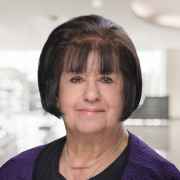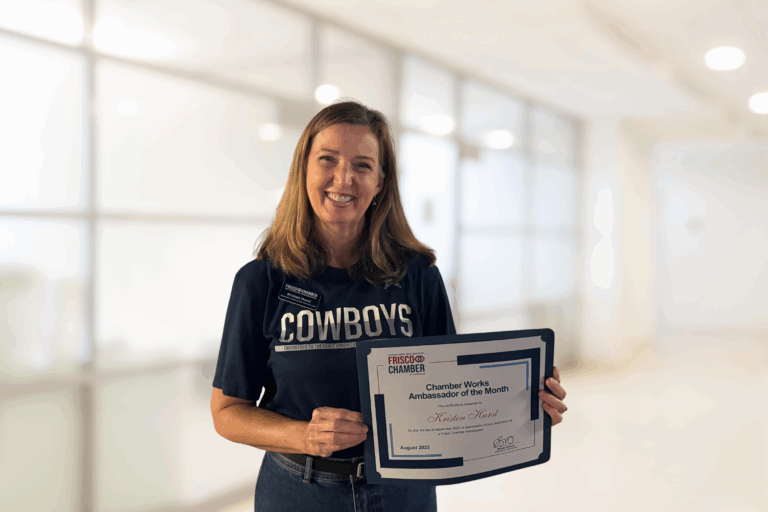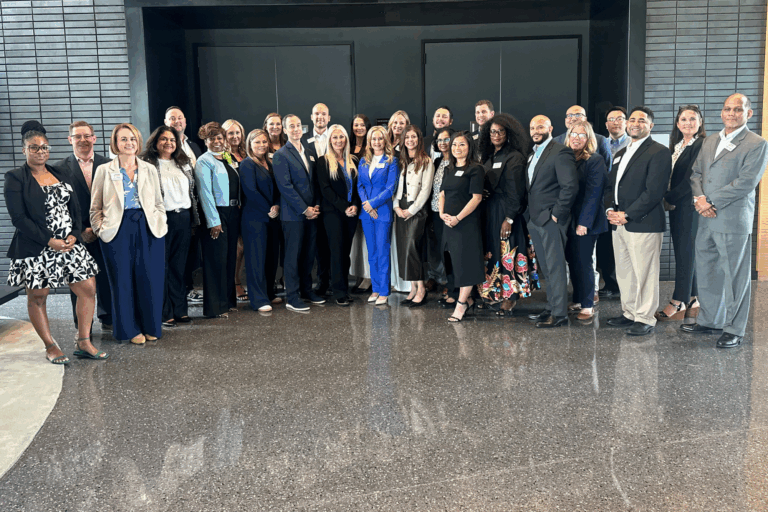In the News: Local Profile
In this article from Local Profile, Tony Felker, President/CEO of the Frisco Chamber of Commerce weighs in on the future of transportation in Collin County. This story was published in the May/June edition of Local Profile, see the full issue.
Across Collin County
Officials across Collin County are working to figure out what the future of transportation here should look like, and especially how big a role Dallas Area Rapid Transit (DART) — which already serves Plano and Richardson — should play in that evolution. Problem is, not everyone is on board with DART in the county, nor have they ever been.
When DART was formed in 1983, Collin County’s entire population was less than 200,000, according to the Census Bureau. But the county has since become one of the fastest-growing parts of the country. Just one of its cities, Plano, has a larger population today than the entire county did 40 years ago, and Collin County’s overall population topped 1 million in the 2020 census.
That growth boosted the county economically as new businesses came in, but it also strained the transportation network, which remains heavily car-dependent. Driving between population centers like McKinney and Richardson may have routinely taken as little as 20 minutes a decade or two ago, but now it can take 45-plus minutes during
peak travel times.
Across the board, officials told Local Profile that something has to be done to help folks get to, from and around Collin County more efficiently.
During the energy crisis of the 1970s, business leaders in the Dallas-Fort Worth area worried about the availability of fuel and pushed to make the transportation system more sustainable and redundant, according to Michael Morris, director of transportation at the North Central Texas Council of Governments (NCTCOG).
“The private sector pushed to have dedicated transportation that was electrically propelled in order to ensure the gross domestic product of the Dallas region,” he says. “If you want to be a world-class city, you have to be in the rail business.”
So, DART came together with member communities voting to enroll by referendum and pledging a penny-per-dollar sales tax to help keep it funded. DART grew to have the largest light-rail system in the country and an extensive bus network, but that tax has become one of the main barriers to expanding the system.
Not all Collin County communities need the level of service that one cent’s worth of tax revenue would allow for, Morris says.
In Frisco
In Frisco, for example, which is not currently served by DART, there is less demand for transit than there is in Richardson, which does have DART service.
“The fact that any area or region is talking about traffic issues is a good thing because that means there’s a lot of growth to the area, a lot of people coming in and growth to the economy,” says Tony Felker, president and CEO of the Frisco Chamber of Commerce. But Felker does not feel DART expansion makes sense for his city based on the current sales tax model because making the required contributions could affect other economic development funding in Frisco.
“When would we see the benefit of that public transportation?” Felker asks. “You have some communities that have been paying in for 30, 40 years and they’re just seeing the benefits right now. Most public leaders think there’s a better solution than joining DART.”



























